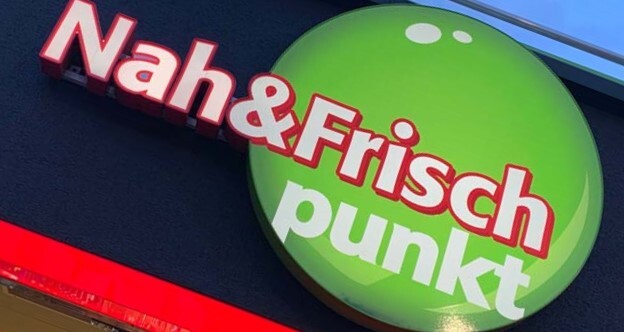
There are two ways to light a lightbox: backlighting and edge lighting. The diffuser often used by KLW is a special form of backlighting, which is used in super-flat illuminated signs .
This blog addresses the question of when and for which applications edge irradiation is used and what needs to be considered.
A very extensive topic where a lot can go wrong and our experience counts all the more.
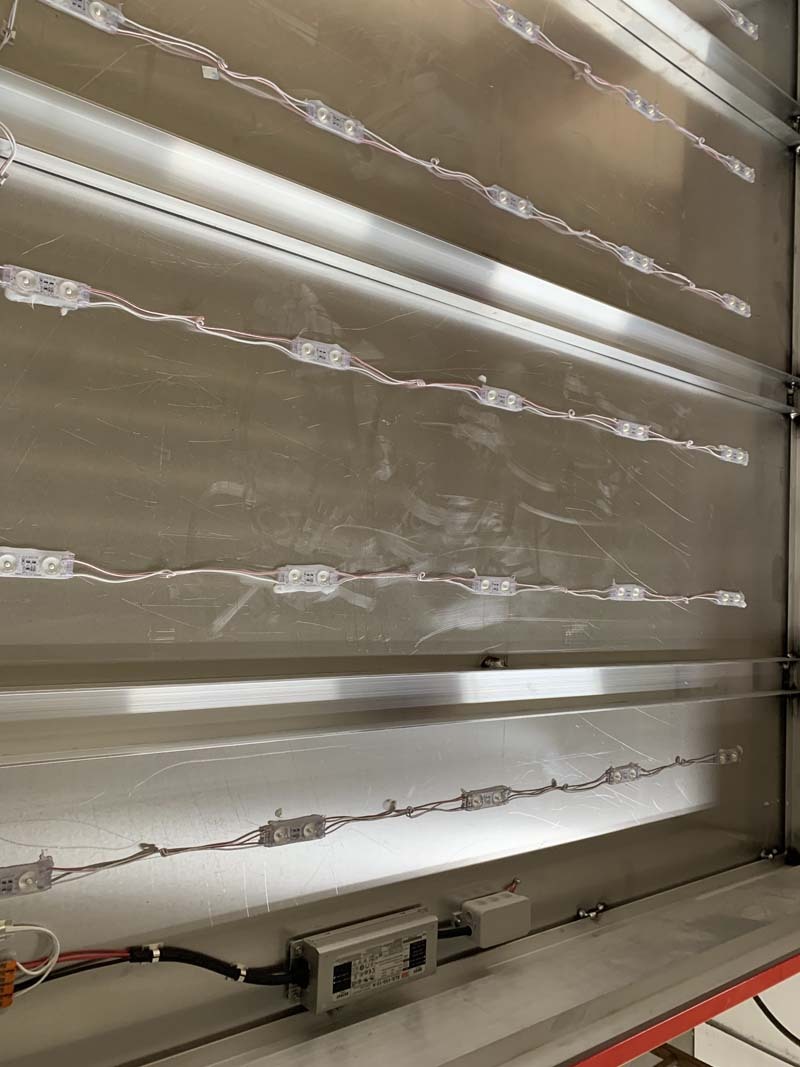
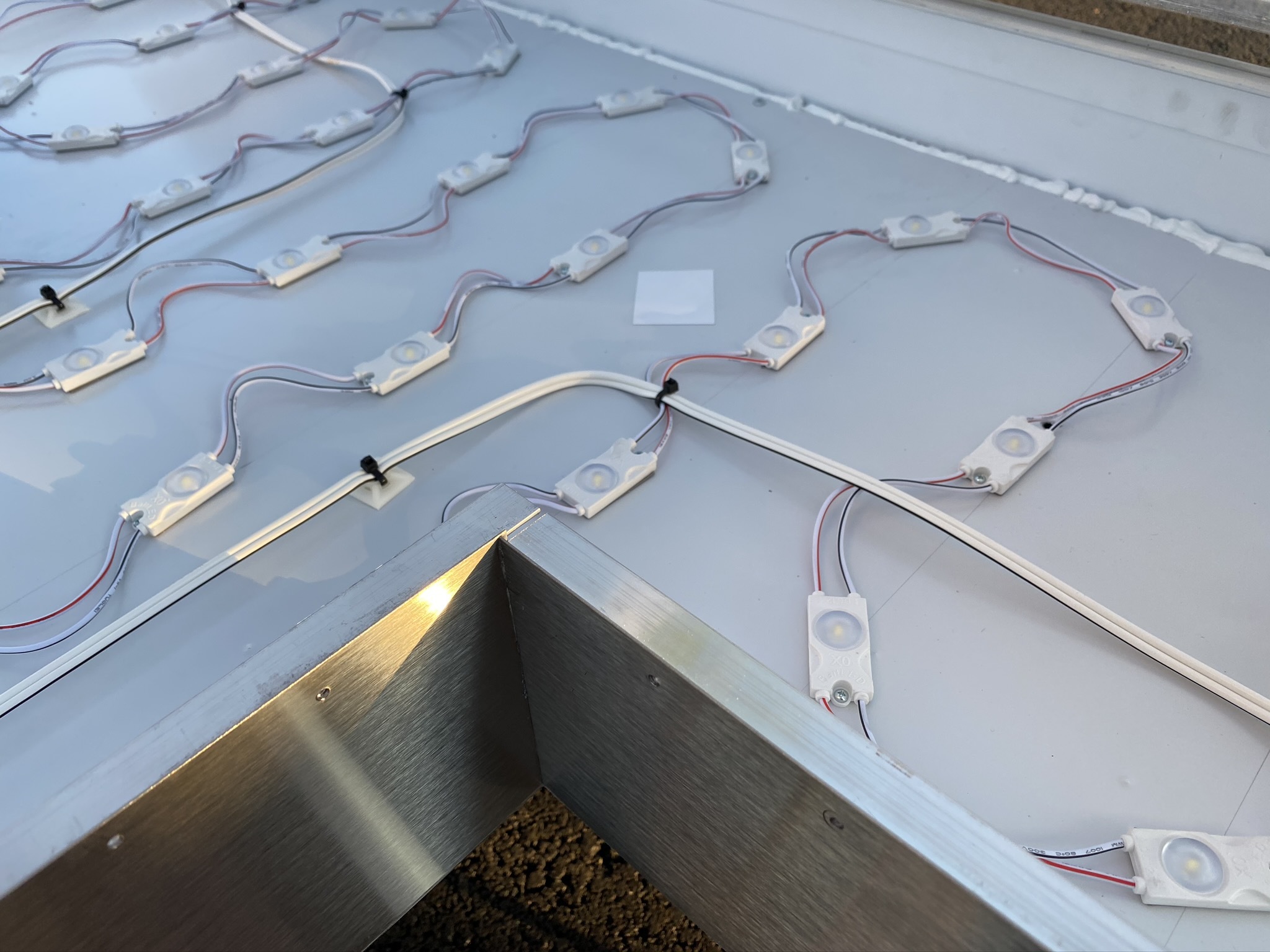
On the other hand, in the case of edge irradiation (see photo below), the LED modules are installed on the surrounding frame of the light box. The modules with specially developed secondary optics guide the light beam into the light box and to the opposite side, illuminating the transparent light box via the parallel rear wall and the opposite edge both directly and indirectly by means of reflection. In the case of side irradiation, it can therefore happen that the light box is illuminated a little darker in the middle than at the edges.
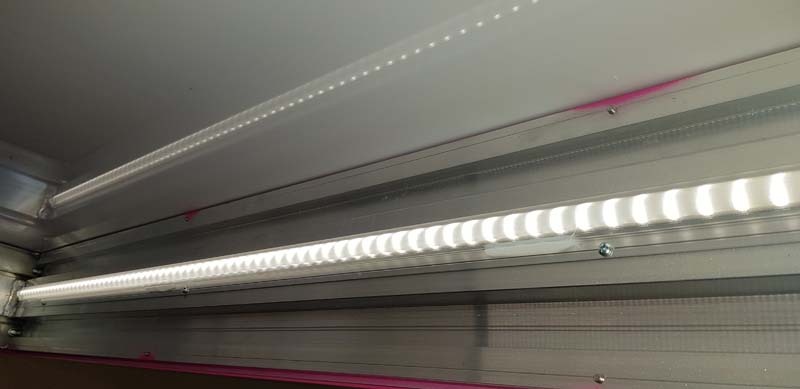
The lens makes the difference
However, the following applies to both backlighting and edge lighting: the more LEDs are evenly distributed - either on the rear wall for backlighting or along the edges for side lighting - the more even the light distribution.
The lens is the main difference between LEDs for edge irradiation and LEDs for backlighting.
While the angle of the edge emitter has to be very large for the width in the box, the angle to the bottom and to the front of the box is very narrow. Edge emitters must be equipped with so-called high-performance LEDs, because they distribute a lot of light over a large area over the lens. The essential component is the lens and its radiation characteristics. This determines the direction of the light.
With LED modules for backlighting, the light also exits through a lens. However, the light is emitted as wide as possible upwards, so that the light cones of the modules ideally overlap. This gives a homogeneity.
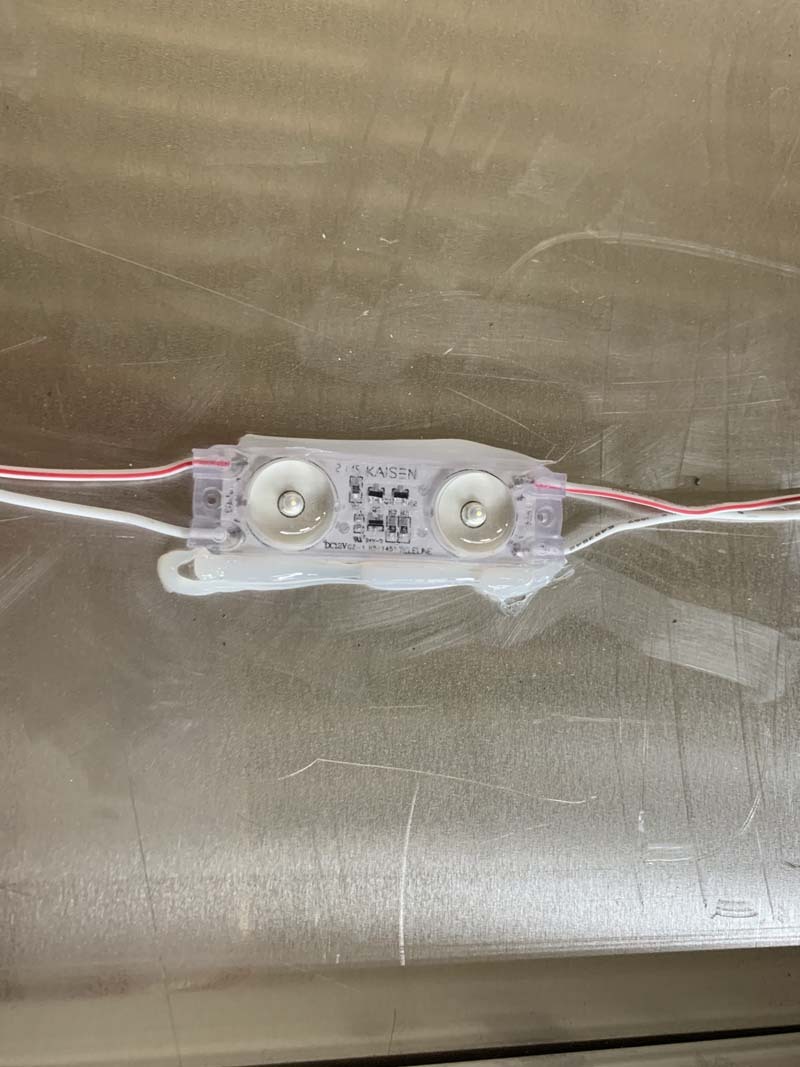
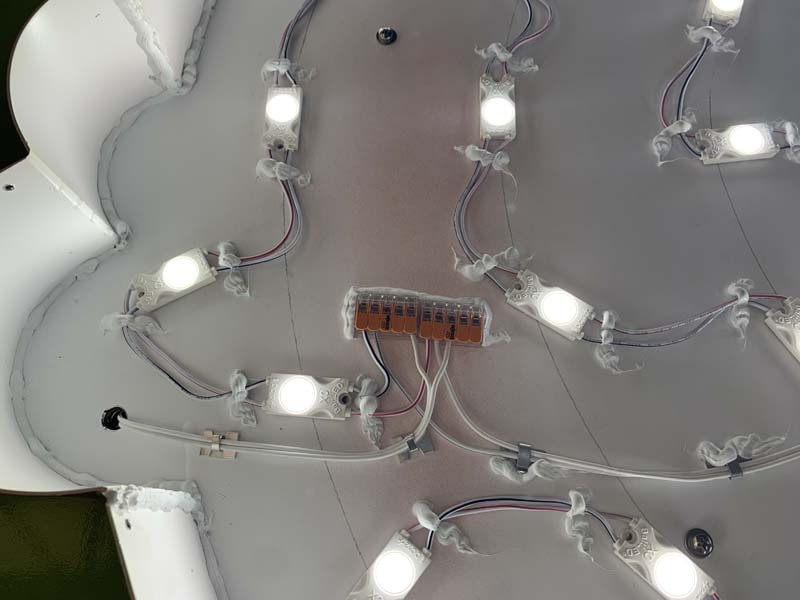
The size is what matters
Edge irradiation is recommended for double- sided light boxes or small to medium-sized light boxes for advertising purposes with low or medium luminance requirements.
However, the installation of the LED modules on the edges also has an aesthetic disadvantage in a certain respect.
A technically sensible light emission requires a certain height, so that the design must be carefully examined. Because the uniformity of the light distribution and intensity of the light can vary depending on the position in the light box. The light box frame must therefore be correspondingly thicker to compensate for the height of the LED modules
Which edges should shine?
The light box can be illuminated from one or from two opposite sides of the light box.
When deciding how many sides the light should come from, the size of the light box is particularly important. With a larger light box, the two opposite (ideally the longer) edges should be illuminated to ensure even illumination. A second influencing factor is the demand for homogeneity and brightness of the illumination.
This factor is often coupled with the requirements resulting from the coloring of the motif:
the livelier and more colorful the motif is, the more it forgives slight differences in brightness within the box.
Consequently, the higher the required luminance should be, the more LED modules have to be installed and therefore more edges have to be illuminated accordingly.
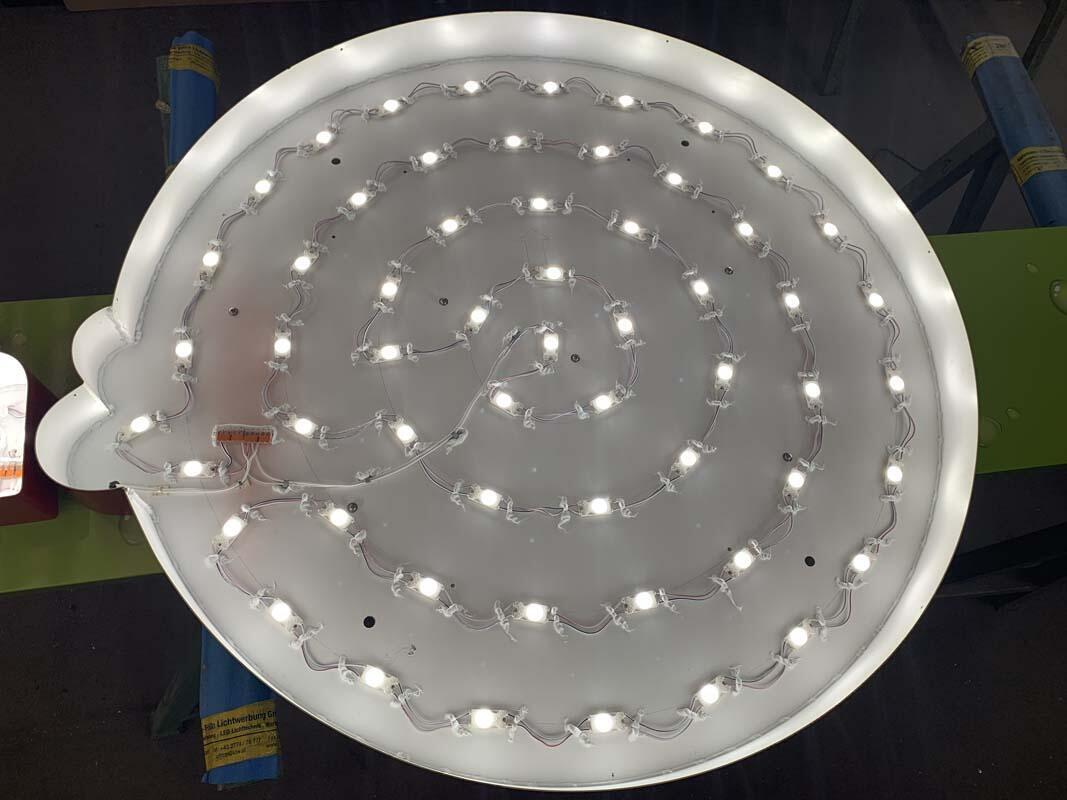
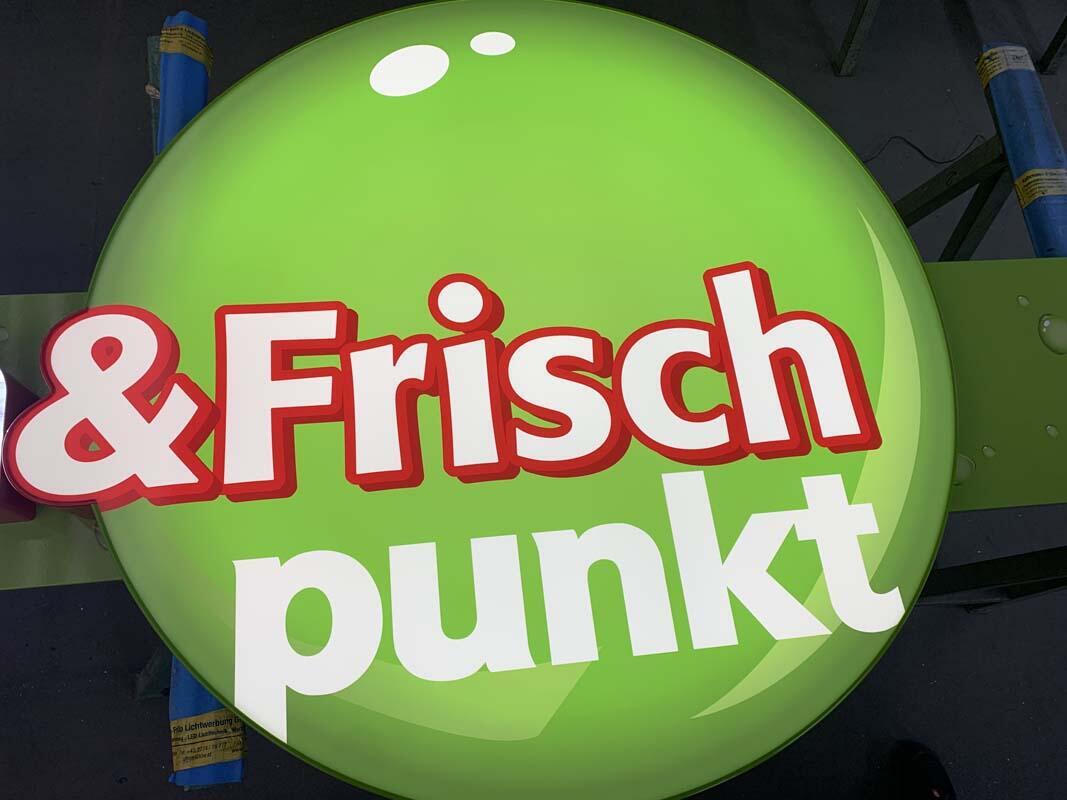
How does the power supply of our LED modules look like now?
Due to many years of experience and our claim to uncompromising quality such as fail-safety and reliability, we have been using Meanwell
power supplies for a long time.
Last but not least - the reflective back panel
The back wall in the light box also plays an important role in the illumination with edge emitters, since a large part of the emitted light has to be reflected forward through the back wall as scattered light. With a rear wall that reflects the light, the light is distributed more evenly because the light
that hits the rear wall then also contributes to the illumination as scattered light.
The background should therefore be matt white. It doesn't matter whether aluminum composite or aluminum is painted white or covered with a film. The light is reflected several times by the white back wall.
In addition to the rear wall, the frames of the light box should also have good reflective properties and should therefore be painted matt white.
A flat surface is just as important for optimal illumination when irradiating the edges. There should be no mounting brackets or spacers in the way. Regardless of whether it is a one-sided or two-sided system, the inside of the frame should protrude as little as possible in order to avoid shadows forming on the edge of the system

